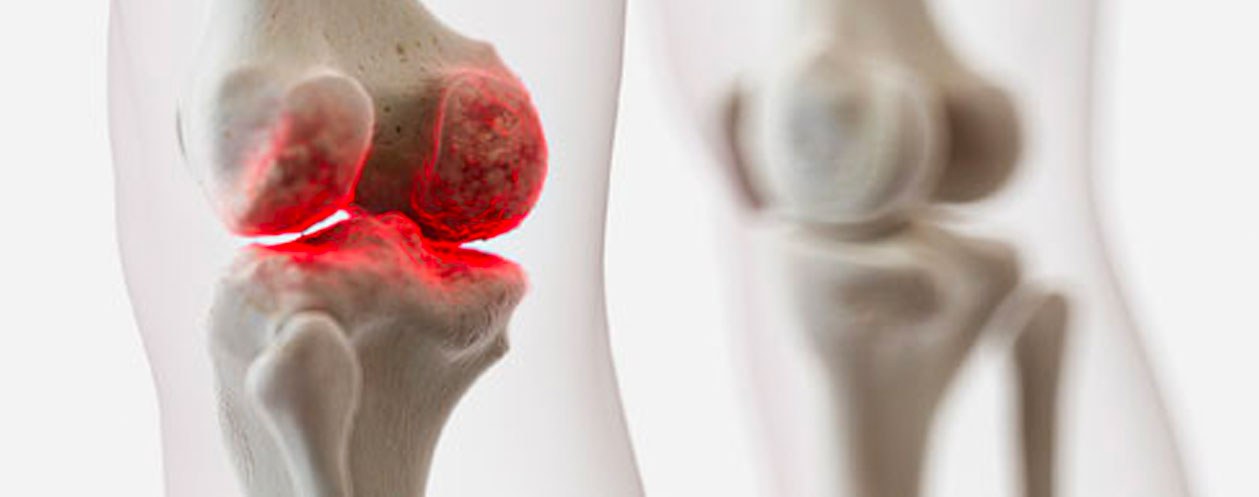Can I Treat Knee Pain On My Own?
Right after a knee injury, RICE therapy – Rest, Ice, Compression and Elevation – is the recommended home treatment to alleviate pain, reduce inflammation and speed up healing. However, most knee injuries require immediate medical attention. While many knee injuries can be successfully treated with simple measures, some injuries may require surgery.
Your knee pain can’t wait. Reach us for a detailed knee examination.
Diagnosis


Treatment Options
Non-surgical options for mild to moderate conditions
Use of assistive devices
to aid healing and improve mobility such as a cast, brace or crutches
Physiotherapy
to restore range of knee motion and strengthen leg muscles
Nonsteroidal anti-inflammatory medication
to reduce pain and swelling, like aspirin and ibuprofen
Lifestyle changes
to lessen stress on the knee
Surgical options for severe conditions
Knee arthroscopy (minimally invasive surgery) is recommended to treat many knee injuries for optimal outcomes with minimised risk, discomfort, scarring and recovery downtime. An arthroscope (a small camera) is used to examine inside your knee joint and miniature surgical instruments are used for repair and reconstruction of affected parts.
Recovery After Surgery
Minimally invasive surgeries are outpatient procedures with the advantages of smaller scars, lesser pain and shorter downtime. Usually, you can be discharged on the same day after the procedure and allowed to ambulate. You may feel pain in the affected area post-surgery for the first few days, and analgesics will be prescribed. For some instances, you may require crutches and physiotherapy to aid your recovery.
A detailed rehabilitation program will be customised to see you through to recovery. Depending on the severity of each condition and the extent of the surgery, recovery period varies for each person.

